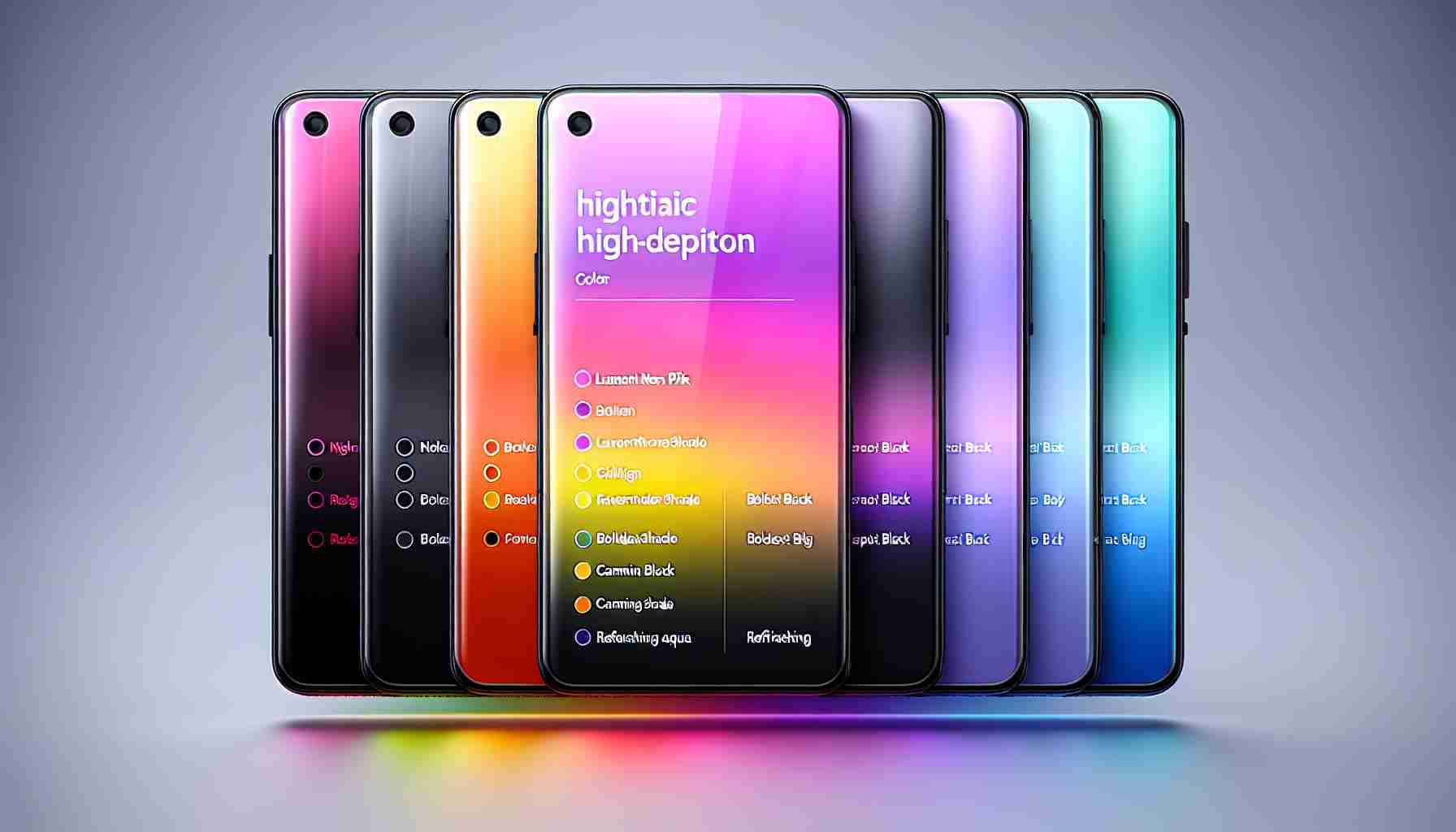The latest leak surrounding the upcoming Google Pixel 8a has given us a clearer glimpse of what to expect from the highly anticipated phone set to launch at Google I/O next month. While previous leaks have provided some insight, this new revelation focuses on the diverse color options that will be available to consumers.
According to Android Headlines, the Pixel 8a will come in four colors: Obsidian, Porcelain, Bay, and Mint. While Google has followed a consistent naming pattern for its previous models, these new color options reveal a departure from the pastel-heavy designs. In particular, the Bay and Mint colors appear more vibrant and saturated than ever before.
Among the new color choices, the Pixel 8a in Mint stands out the most, featuring a neon finish reminiscent of mint ice cream. This bold move by Google challenges the market trend of consumers gravitating towards black or white-colored phones known as “safe picks.” The vibrant colors offer a more polarizing option that may appeal to those seeking a unique and eye-catching device.
It’s worth noting that this shift in color choices comes not long after the release of a special edition “Mint” Pixel 8. The previous iteration of Mint was more subdued and less eccentric compared to the vibrant Mint option we can expect from the Pixel 8a. The reception and feedback from the earlier version likely influenced Google’s decision to opt for a more daring and green-centric color scheme this time around.
Aside from the exciting color options, previous leaks have hinted at impressive specifications for the Pixel 8a. It is expected to feature a 6.1-inch, 120Hz display with 1,400 nits of brightness, an updated Tensor G3 chip with AI capabilities similar to the Pixel 8 series, and possibly a desktop mode courtesy of Android 15.
For the official details, we will have to wait until Google I/O, which will take place on May 14 and May 15. Until then, tech enthusiasts and smartphone users can eagerly anticipate the release of the Pixel 8a and its vibrant color options that promise to make a statement in the market.
The leak surrounding the Google Pixel 8a has not only given us a glimpse of the upcoming phone’s design but also revealed a shift in the color options available to consumers. According to Android Headlines, the Pixel 8a will come in four colors: Obsidian, Porcelain, Bay, and Mint.
This departure from pastel-heavy designs is a bold move by Google. The Bay and Mint colors, in particular, appear more vibrant and saturated than ever before. The Mint color stands out the most, featuring a neon finish that is reminiscent of mint ice cream. This choice challenges the market trend of consumers gravitating towards black or white-colored phones known as “safe picks.” The vibrant colors offer a more polarizing option that may appeal to those seeking a unique and eye-catching device.
It’s interesting to note that this shift in color choices comes after the release of a special edition “Mint” Pixel 8. The previous version of Mint was more subdued compared to the vibrant option we can expect from the Pixel 8a. This indicates that the reception and feedback from the earlier version likely influenced Google’s decision to opt for a more daring and green-centric color scheme this time around.
In addition to the exciting color options, previous leaks have hinted at impressive specifications for the Pixel 8a. It is expected to feature a 6.1-inch, 120Hz display with 1,400 nits of brightness, an updated Tensor G3 chip with AI capabilities similar to the Pixel 8 series, and the possibility of a desktop mode courtesy of Android 15.
These specifications, combined with the vibrant color choices, suggest that Google is aiming to make a statement in the market with the Pixel 8a. The official details will be revealed at Google I/O, which is set to take place on May 14 and May 15.
For more information about Google’s Pixel lineup and other tech-related news, visit the official Google website at google.com.
The source of the article is from the blog enp.gr
